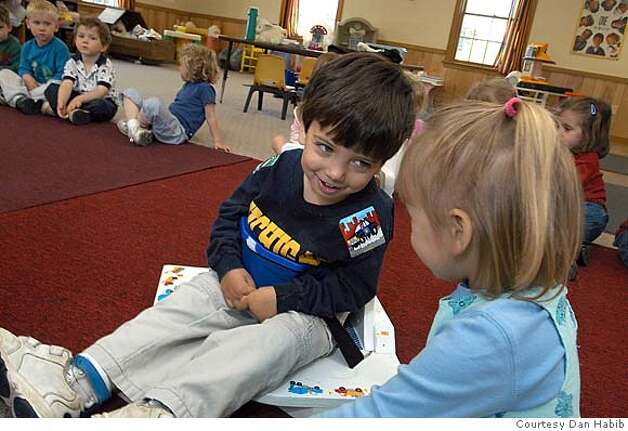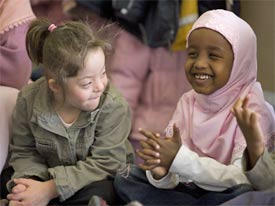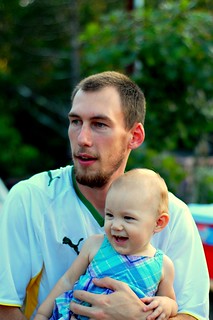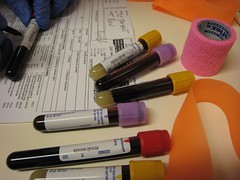And in conclusion…
In an article called “Where are all the parents?” author Sue Stuyvesant, herself the parent of a child with special needs, heard from a friend that some official at a local school PAC (Parent Advisory Committee) meeting was wondering why there weren’t more parents of children with special needs at the meeting. In response to this insensitive remark, Ms. Stuyvesant wrote a marvelous article about where the parents of these special children are. She lists a number of places and situations that keep parents like her from attending school PAC and other meetings. She listed examples like diapering a teenage child who is still not toilet trained, waiting in emergency rooms while their child tries to overcome yet another medical crisis, and trying to keep their family together. Basically, what Ms. Stuyvesant said was that parents of children with special needs are busy just trying to survive in a world that is not very welcoming of their children and most children with special needs.
The feeling that children with special needs are not welcome in society, at least not totally and certainly not by everyone, is echoed by many parents of children with special needsBetsy, the mother of a beautiful boy named Samuel who has cerebral palsy, also stated in the video “Including Samuel” that she sees a world that is not very welcoming of her son and other children with special needs (Fig. 1). One parent of a child with special needs, Tina Yows, wrote a disABILITY prayer, in which she prayed for those who are truly disabled: those who only see what is “wrong” in others and those who can only hear what is “wrong” with others instead of seeing and hearing the good and ability that is in all of us.
Figure 1. Including Samuel
The truth is, children with special needs are still not fully accepted by society. They are more welcome in some parts of the world than others, but it seems that there is no society anywhere on this planet that is fully welcoming and supportive of children who are different. So we must work harder to ensure we do everything in our power to make these special children and their special parents feel welcome in society, where they rightfully belong. It is our hope that this course will be a first step towards a greater understanding of special needs, and a greater acceptance of those who have them (the children) and those who take care of them (the parents) (Fig. 2).
Figure 2. Inclusion
THANK YOU! The “Including all Children and Families” team.









